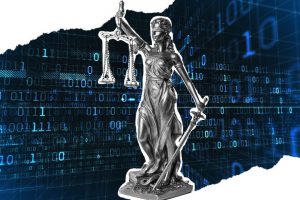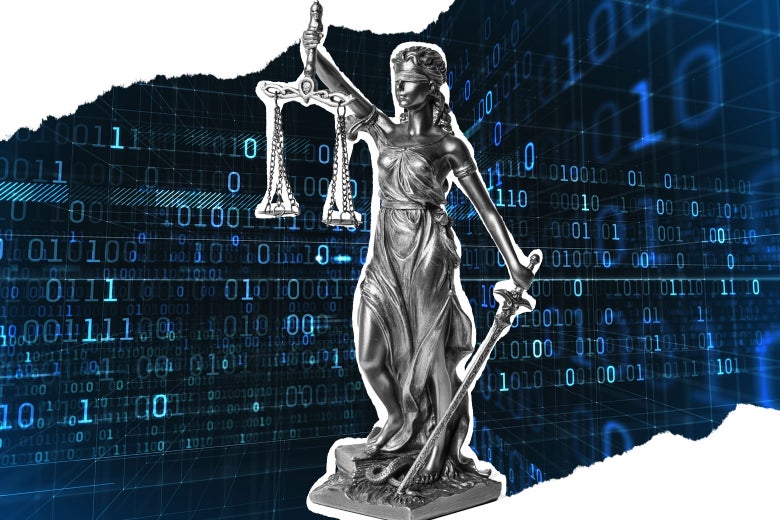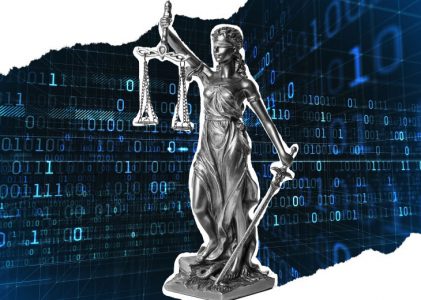
The deployment of algorithms in various areas of society is becoming more widespread and pervasive. Given the numerous issues that have been identified with the way in which algorithms function; especially when it comes to inherent biases, the programming and coding as well as the human to computer interaction when deploying the algorithms in use; it is a wonder why there is such a determined desire to implement despite the built in flaws. There is undoubtedly an argument for the utility and speed of outcomes when using algorithms, however the question that arises is, are quicker yet equally flawed outcomes applied on an industrial or mass scale are desirable for society? For some people, these outcomes can be very disadvantageous if not downright dangerous.
Recent studies into the expanding use of algorithms in the criminal justice system have shed light on the extent to which we are heading towards verdict automation. There is widespread agreement within the AI research community that the “…current tools are deeply flawed on statistical, procedural and bias grounds, though some disagreement about whether they could conceivably be improved enough to be constructive.”[i] But the uses are also expanding into other areas related to criminal justice which can be equally concerning despite being deployed at earlier investigative stages. The belief that using AI and predictive analysis by investigators who then have oversight over the ultimate findings has been shown to be equally flawed, as the algorithms can generate compelling arguments that will steer investigators into reaching expected conclusions. In the medical sciences profession, there are numerous instances of algorithms programmed to operate on the basis of “guilt by association” or alternately “guilt by profiling”. These techniques are nothing new in the investigative professions, which use them at various stages of investigations; “’guilt-by-profiling’, which exploits correlation between function and other gene characteristics; and ‘guilt-by-association’, which transfers function from one gene to another via biological relationships”[ii]; these very functions have already been deployed in to help policing agencies determine the probability that someone will commit a crime or engage in behavior likely to result in a police intervention. “This may seem surprising; however, the algorithm utilizes information such as past criminal behavior, gang membership, domestic violence and school truancy in order to predict criminal activity.”[iii] This is similar to the practice of law enforcement agencies seeking geo-location data when trying to identify suspects. This is known as a geo-fence warrant, when “Law enforcement simply specifies a location and period of time, and, after judicial approval, companies conduct sweeping searches of the location databases and provide a list of cell phones and affiliated users found at or near a specific area during a given timeframe…”[iv] Given the number of applications for algorithms to intervene in the investigative process, one can imagine a fully automated and potentially biased investigation that will use questionable data, to draw unfounded conclusions that will ultimately lead to prosecution and possibly incarceration. When the algorithms are built upon a flawed foundation, they cannot and will not yield just results. We may simply be inching closer to injustice on a mass scale.
[i] Eckersley, Peter. 2019. Predicting Guilt and automating (de)incarceration. https://foresight.org/event/peter-eckersley-predicting-guilt-and-automating-deincarceration/ (Accessed: October 11, 2021).
[ii] Tiam, Weidong et al. 2008. Combining guilt-by-association and guilt-by-profiling to predict Saccharomyces cerevisiaegene function. https://genomebiology.biomedcentral.com/articles/10.1186/gb-2008-9-s1-s7 (Accessed: October 14, 2021).
[iii] Laezzo, Madison. 2019. Can algorithms predict crime. https://sites.psu.edu/aspsy/2019/10/15/can-algorithms-predict-crime/ (Accessed: October 16, 2021)
[iv] Geofence warrants and the fourth amendment. https://harvardlawreview.org/2021/05/geofence-warrants-and-the-fourth-amendment/ Accessed: October 16, 2021.


